No Stripes, No Problem: This Baby Zebra Is Breaking All the Rules
A zebra foal named Tira drew immediate attention in Kenya’s Maasai Mara when he showed up with white spots instead of stripes. The pattern isn’t a trick of the light or a research tag—it’s a rare pigment mutation that’s got scientists, guides, and tourists all talking. Apart from being absolutely rare, Tira’s unusual pattern is also rewriting what we thought we knew about zebra biology, from pigment mutations to survival strategy.
Let’s learn more about the baby zebra that can’t help but stand out.
A Zebra That Looked Too Strange to Be Real
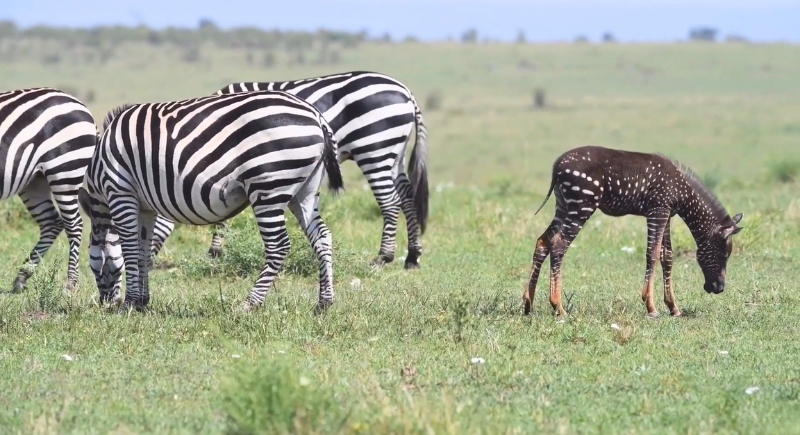
Credit: Youtube
When the local guide first saw the foal, he didn’t think it was natural. The black body dotted in white looked more like something tagged for research than a wild zebra. But this wasn’t paint. As he watched longer, it became clear. This was a one-of-a-kind animal born without a script.
Spots Instead of Stripes
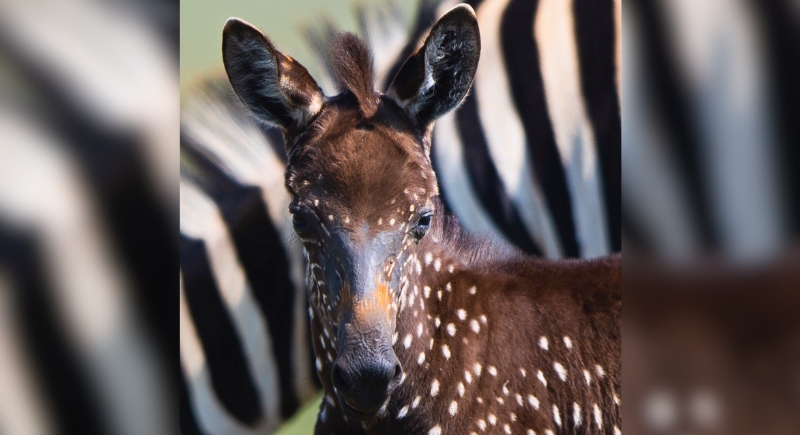
Credit: Facebook
Tira isn’t striped at all in the traditional sense. Instead, he has white dots scattered over a dark body. Geneticists suggest this is an unusual form of pigment variation. This isn’t a zebra that lost pigment. It’s likely a case of pigment being delivered to the wrong places during development.
The Term Doesn’t Quite Fit
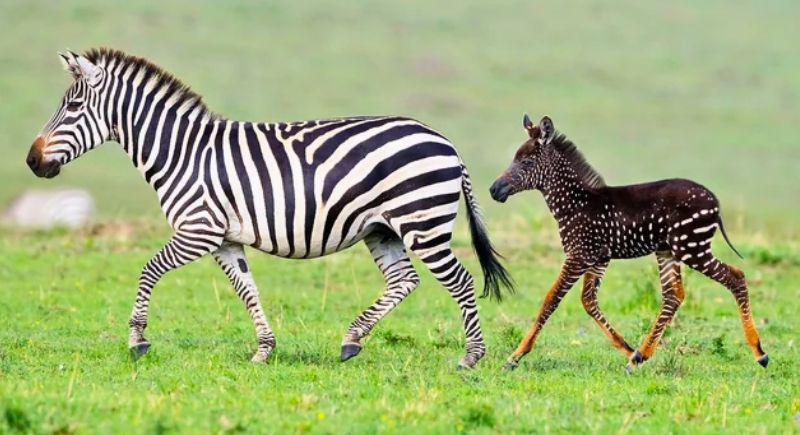
Credit: Reddit
You’ll hear the term “pseudo-melanism” tossed around in headlines about Tira, but that’s not quite right. Greg Barsh, a researcher who studies pigmentation, notes that the label usually applies to zebras with extremely thick stripes, not dotted coats. “Partial spotting” might fit better if you’re into taxonomies.
Melanin Misfires, Not Absence
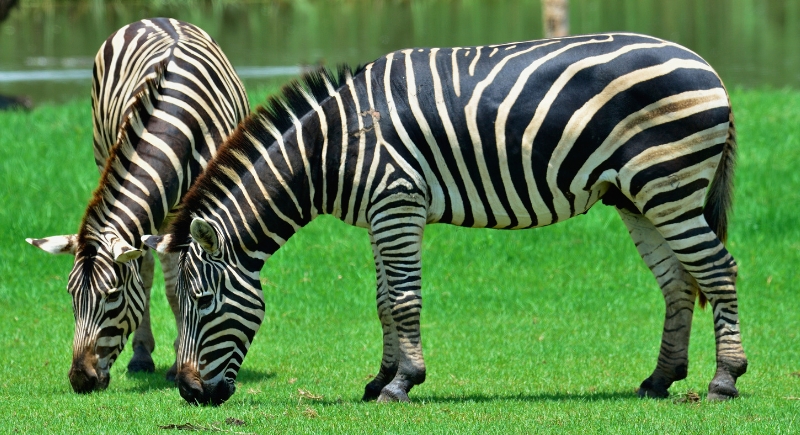
Credit: Getty Images
Zebra stripes are the result of how melanin is deposited in the hair, not the presence of white. The skin underneath all zebras is black. In Tira’s case, the melanocytes—the cells responsible for color—are functioning, but they seem confused about where they are, leading to the scattered pattern.
A Pattern Seen Before—Just Not Here

Credit: Getty Images
Tira might be new to Maasai Mara, but he’s not the first of his kind. Similar cases have been documented in Botswana’s Okavango Delta, suggesting this isn’t an isolated oddity. It’s part of a broader, still-murky picture of how pigment disorders emerge in different zebra populations.
His Unique Look Is Attracting Crowds

Credit: Getty Images
Once photos of Tira hit social media, tourists began pouring into the reserve hoping for a glimpse. Guides were suddenly being asked to locate a single foal in a vast reserve. Tira, in his own way, has become an unlikely celebrity and a reminder of nature’s unpredictability.
Not All Rare Coats Are Alike
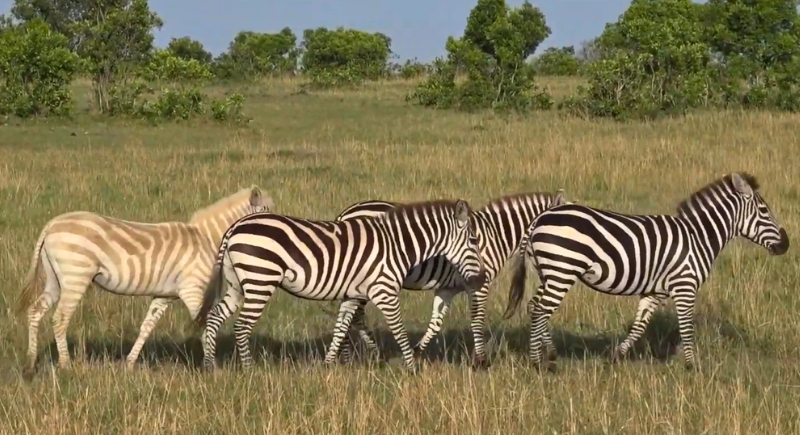
Credit: Youtube
Earlier this year, a pale “blonde” zebra was photographed in Tanzania’s Serengeti. That one likely had partial albinism, where pigment fades. It had golden stripes, not spots. These variations aren’t just cute quirks. They show that a wide range of genetic mutations are still being researched.
Spots May Come With Risk

Credit: Facebook
The zebra stripe pattern is thought to serve several functions, but one of the more convincing theories is fly deterrence. Research suggests that the motion-disrupting stripes prevent flies from landing. Tira’s unstriped body could leave him more vulnerable to disease-carrying insects.
Harder to Blend in Means Easier to Be Hunted
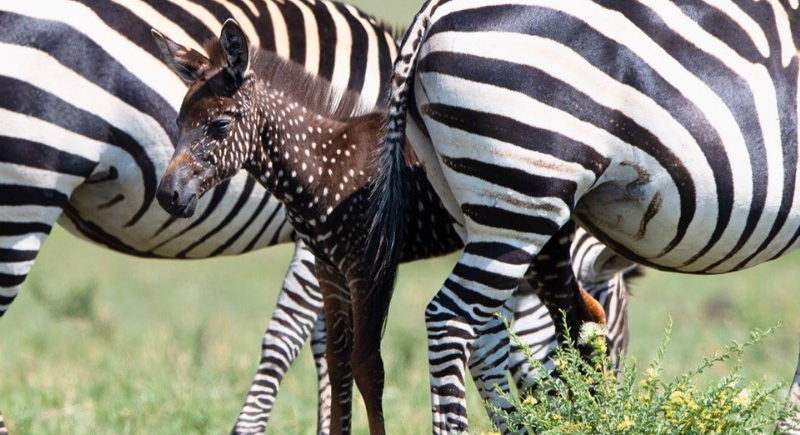
Credit: Facebook
Zebra stripes might also confuse predators by making it tougher to track one target in a herd. With his one-of-a-kind look, Tira stands out. That visibility could make him an easier mark for lions who rely on quick visual recognition to zero in on prey.
Genes And Geography May Play a Role
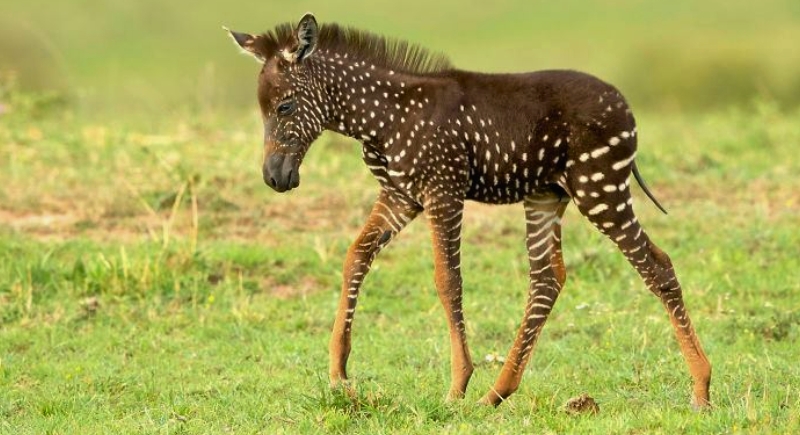
Credit: Facebook
Mutations like Tira’s tend to appear more in fragmented or isolated herds. In northern Kenya, where habitat space is shrinking, zebras may have fewer mates to choose from, raising the odds of rare traits emerging. It’s another way human activity can echo through unexpected parts of wildlife biology.
He’s Still Sticking Close to Mom
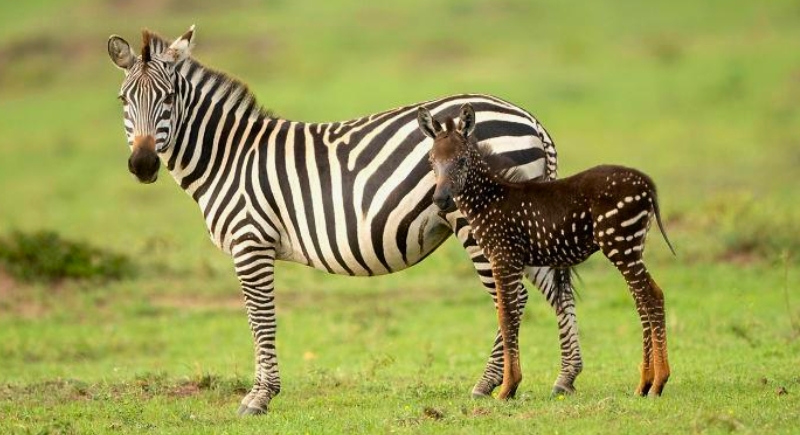
Credit: Facebook
Photographers noted that Tira stayed glued to his mother’s side, which is standard for zebra foals, but possibly extra useful here. Being close to her may help mask his visibility to predators and protect him from insects that would normally be deterred by the herd’s usual striping.
Not All Zebras Are Striped the Same

Credit: pexels
Even within the same species, stripe thickness, spacing, and color vary by region. Northern zebras typically have broader and more defined stripes than their southern counterparts. Tira’s case lies outside even that variation, but it speaks to the broader plasticity in zebra patterning.
Research Is Still Catching Up

Credit: Getty Images
Biologists are still debating the exact evolutionary reason for stripes. Theories range from thermoregulation to social signaling, but none hold up quite as well as the fly-repellant hypothesis. As zebras like Tira emerge, they challenge scientists to refine their assumptions.
Tira’s Odds Are Uncertain
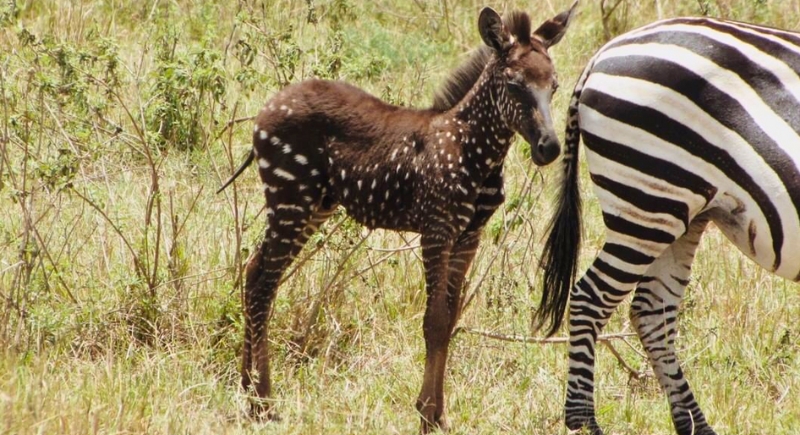
Credit: X
Most zebras with unusual patterns don’t reach maturity. Their appearance often puts them at risk from predators or health vulnerabilities. But Tira, at least for now, seems healthy and active. His herd hasn’t rejected him, and nature’s still giving him a fair shot at survival.
A Moment Worth Remembering
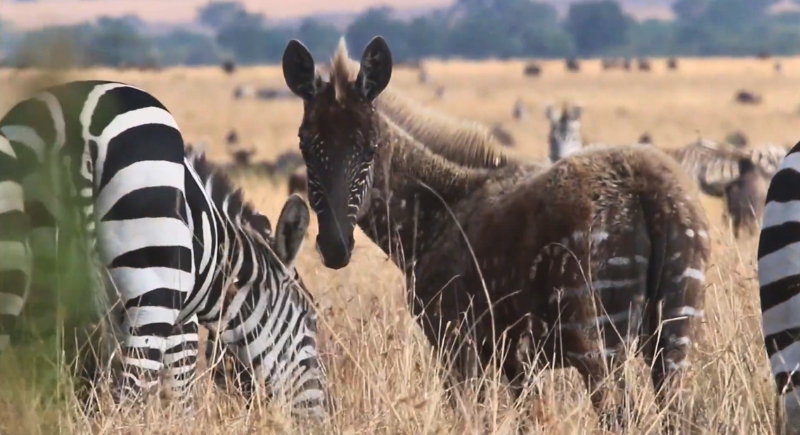
Credit: Youtube
Tira might not live to old age or pass on his genes, but he’s already sparked global interest and scientific questions. A foal with spots instead of stripes has prompted us to take a closer look, not just at zebras, but at how rare things still show up in the wild, totally unplanned. As for Tira, whether he thrives or fades from view, he has made his mark.